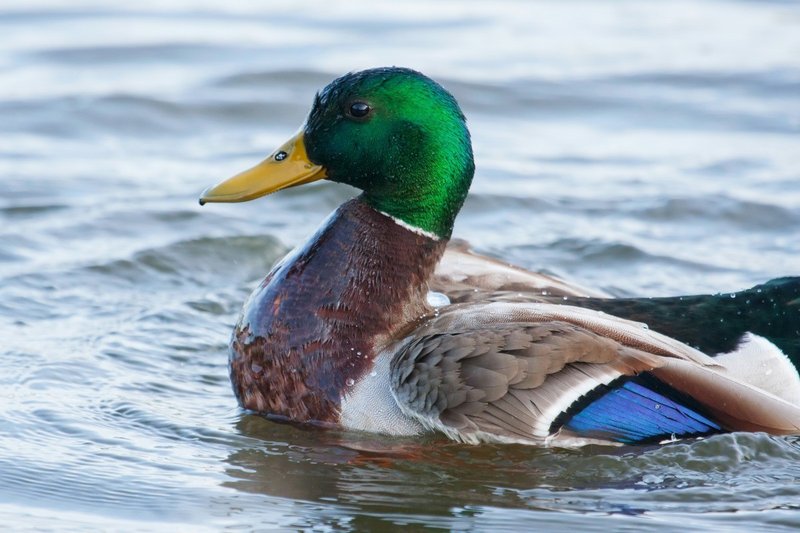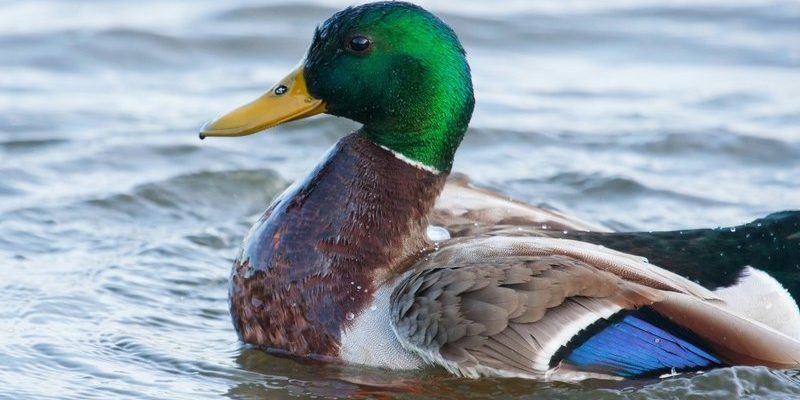
Imagine sitting by a tranquil lake, ducks paddling around while you sip on your coffee. You might notice their vibrant colors or their unique way of moving, but do you know about their incredible adaptability or social behaviors? In this article, we’ll explore ten intriguing facts about ducks that go beyond the basics, showcasing their uniqueness and importance in our ecosystem. Let’s quack into it!
Diverse Species of Ducks
You might be surprised to learn that there are over 120 species of ducks worldwide! Ducks can be broadly categorized into three types: dabblers, divers, and sea ducks. Dabblers are the ones you often see in parks; they feed on the water’s surface or tip their heads underwater to find food. On the other hand, divers dive deep to catch fish and other aquatic life, while sea ducks prefer coastal waters.
Each species has its own characteristics. For instance, the mallard is common in North America, easily recognized by its stunning green head and distinctive quack. Meanwhile, the Mandarin duck, with its eye-catching plumage, is often considered one of the most beautiful waterfowl. Here’s what makes them unique:
- Dabblers: Feed on the surface or tip their bodies to reach underwater food.
- Divers: Swim below the surface, diving to hunt for their meals.
- Sea Ducks: Adapted to marine environments, often found in coastal waters.
Exploring the diversity among ducks not only highlights their adaptability but also emphasizes why preserving their habitats is crucial for maintaining biodiversity.
Social Creatures with Interesting Behaviors
Ducks are social animals that often form flocks for protection and companionship. These groups can range from just a few individuals to hundreds. When you see a gathering of ducks, it’s more than just a friendly get-together; they communicate through a range of sounds, from quacks to whistles, signaling everything from caution to excitement.
Here’s the thing: ducks can also exhibit some quirky behaviors. For example, during mating season, male ducks will often perform elaborate courtship displays to attract females. This can include a series of head-bobbing or upending to show off their bright colors.
But even after mating, the female duck takes the lead in nurturing the eggs and caring for the ducklings. You might think that ducks are just aimlessly floating around, but they have a complex social structure that helps them thrive.
Incredible Adaptations
Ducks have some amazing adaptations that allow them to live in various environments. Their waterproof feathers are one of their most impressive features. Ducks coat their feathers with a special oil they produce from a gland near their tails, keeping them dry and buoyant. This oil is essential—it allows them to swim without getting waterlogged.
Moreover, ducks have webbed feet that make them excellent swimmers. These webbed structures are specially designed to propel them through water efficiently. You might notice their feet look a bit strange compared to other birds, but trust me, they wouldn’t be as graceful without them!
Additionally, their eyesight is sharp; ducks have a wide field of vision thanks to the placement of their eyes on the sides of their heads. They can see more colors than humans and detect predators from afar, which is vital for survival.
Unique Feeding Habits
When it comes to eating, ducks are quite the culinary adventurers. They have a varied diet that includes aquatic plants, insects, small fish, and even crustaceans. Dabbling ducks often feed by tipping forward in the water, exposing their tails, while diving ducks plunge deep to forage.
What you might not know is that their feeding habits can change based on their environment. In urban areas, some ducks have adapted to eating bread and leftover human food, which is convenient but not always healthy for them. It’s important to remember that a natural diet ensures ducks stay healthy and thrive in their habitats.
People often wonder what they should feed ducks. It’s best to opt for healthier snacks like corn or duck feed available in pet shops instead of bread. By doing this, you’re supporting their health and well-being!
Impressive Migrators
Ducks are among some of the most remarkable migrators in the bird world. Many species, like the Northern Pintail and the Canada Goose, migrate thousands of miles between their breeding and wintering grounds. Some travel from North America to Central America each year, navigating vast landscapes using the stars and sun for guidance.
Migrating ducks often fly in a “V” formation, which helps them save energy. The lead duck breaks the wind resistance, creating a slipstream for those behind it. This teamwork maximizes their endurance during long flights. Honestly, it’s a beautiful example of cooperation in nature.
You might be wondering why migration is essential. Apart from avoiding harsh winters, it allows ducks to reproduce in environments with abundant food and resources. It’s fascinating how nature has programmed these birds to know when and where to go!
Life Cycle of a Duck
The life cycle of a duck is a fascinating journey. Generally, female ducks lay about 5 to 12 eggs in a nest. Once the eggs hatch, ducklings are precocial, meaning they are relatively mature and mobile shortly after birth. This ability is crucial for their survival, allowing them to follow their mother to water quickly.
Ducklings are often seen waddling after the mother, learning the ropes and how to find food. Interestingly, ducklings can imprint on their mothers, meaning they recognize and bond with her. You might even see young ducklings following a human if they are raised by one, mistaking them for their mother.
As ducks grow, they undergo a molting process. They lose their old feathers and grow new ones, which can leave them temporarily flightless. This process usually occurs once a year and is vital for maintaining healthy feathers.
Ecological Importance
Ducks play a vital role in maintaining the ecosystem. As herbivores, they help control aquatic vegetation, which in turn benefits other species. By feeding on plants, ducks prevent overgrowth, ensuring healthy habitats for themselves and other animals.
Moreover, their foraging habits can help aerate the water as they stir up mud and sediment. This action can promote the growth of beneficial bacteria and other organisms in the ecosystem. It’s a perfect example of nature’s delicate balance.
Additionally, ducks are important prey for various predators, including foxes, eagles, and humans. Their presence in an ecosystem often indicates a healthy environment, making them essential for biodiversity monitoring.
Conservation Efforts and Challenges
Unfortunately, many duck species face threats due to habitat loss, pollution, and climate change. Wetlands are increasingly drained for agriculture and development, putting pressure on these birds. Conservation efforts are crucial to ensure their survival.
Organizations worldwide focus on preserving habitats and educating the public about the importance of ducks. Programs that protect wetland areas or promote responsible feeding practices are essential steps toward protecting these charming creatures.
You might be wondering how you can help. Simple actions like supporting conservation organizations or being mindful of how you interact with ducks in parks can make a difference. Small changes can lead to significant impacts, ensuring ducks can thrive for generations to come.
In conclusion, ducks are so much more than just adorable waterfowl. They have rich lives filled with unique behaviors, adaptations, and ecological importance. The next time you see a duck, take a moment to appreciate the incredible journey and role these birds play in our world. By understanding and protecting them, we can continue to enjoy their presence and the joy they bring!

